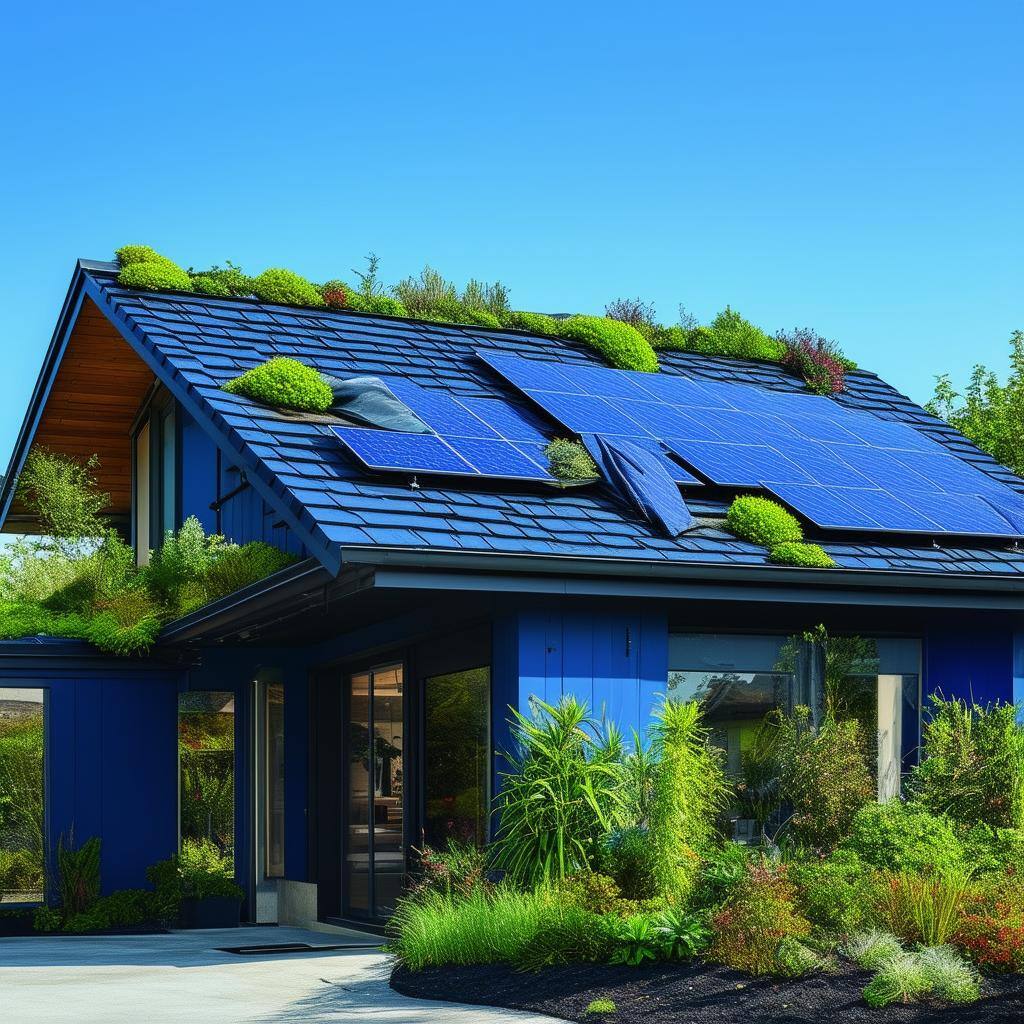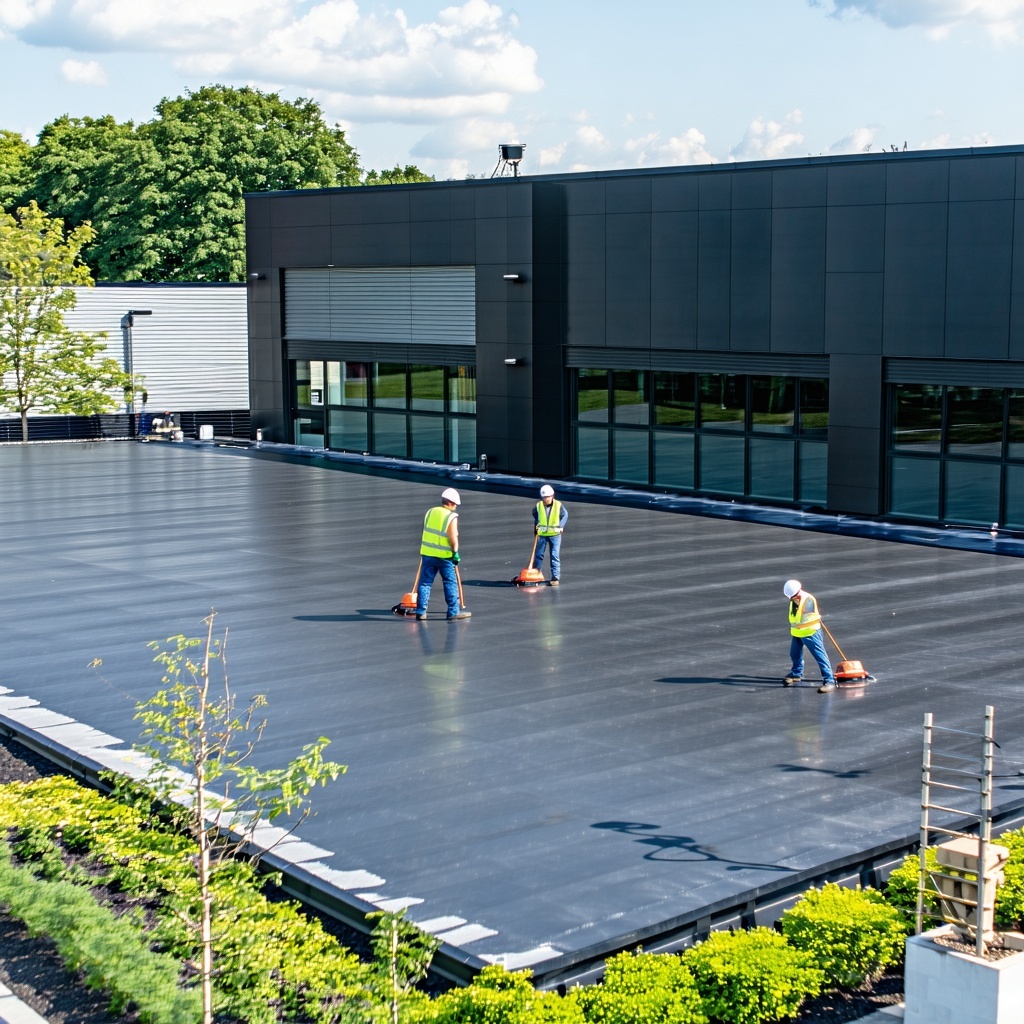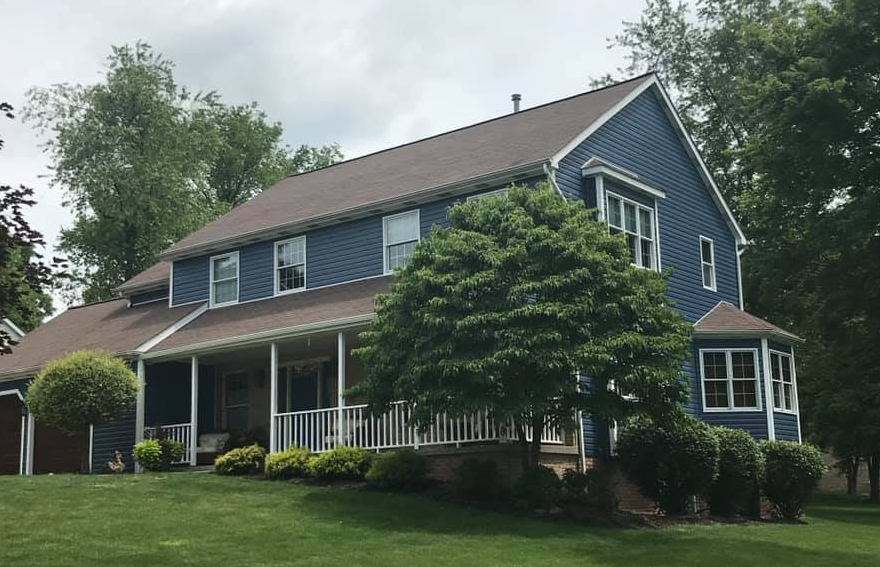Unveiling the History of Roofing Materials: From Past to Present
Explore the fascinating evolution of roofing materials throughout history, from ancient times to modern innovations.
Ancient Roofing Techniques
Roofing has been a vital part of human shelter for thousands of years. In ancient times, people used various techniques to create roofs that provided protection from the elements. One of the earliest roofing materials was thatch, which consisted of dried plant stalks or reeds layered together. Thatch roofs were common in many ancient civilizations, including those in Egypt, Mesopotamia, and Europe. Another ancient roofing technique involved using clay or mud to create flat or sloped roofs. These roofs were often reinforced with wooden beams or reeds for added stability.
In addition to thatch and clay, ancient civilizations also used stone and slate as roofing materials. Stone roofs were commonly found in ancient Greece and Rome, where large slabs of stone were used to create durable and long-lasting roofs. Slate roofs were popular in medieval Europe, particularly in areas with abundant slate deposits. The use of stone and slate as roofing materials required skilled craftsmanship and careful installation, but they offered excellent protection against rain and other weather conditions.
Medieval Roofing Materials
During the medieval period, roofing materials continued to evolve. One of the most significant advancements was the use of wooden shingles. Wooden shingles were often made from split logs, which were then shaped and layered on the roof. These shingles provided better protection against rain and snow compared to thatch roofs. Additionally, wooden shingles were more durable and could last for several decades with proper maintenance.
Another popular roofing material during the medieval period was clay tiles. Clay tiles were used in many parts of Europe, especially in areas with a Mediterranean climate. The tiles were made by shaping clay into flat or curved pieces, which were then fired in a kiln to harden them. Clay tiles offered excellent insulation and durability, making them a preferred choice for medieval builders.
Industrial Revolution Impact on Roofing
The industrial revolution brought significant changes to the roofing industry. With the advent of new technologies and materials, roofing became more efficient and accessible. One of the key advancements was the development of asphalt shingles. Asphalt shingles were first introduced in the late 19th century and quickly gained popularity due to their affordability and ease of installation. These shingles were made by saturating a base material, such as fiberglass or organic felt, with asphalt and then coating it with mineral granules for added protection.
The industrial revolution also led to the mass production of metal roofing materials. Metal roofs, especially those made from corrugated iron or steel, became widely used in industrial and commercial buildings. Metal roofs were lightweight, durable, and offered excellent protection against fire, making them a preferred choice for factories and warehouses.
Modern Roofing Innovations
In the modern era, roofing materials have continued to evolve with advancements in technology and design. One notable innovation is the introduction of synthetic roofing materials. Synthetic materials, such as polymer-based shingles and tiles, offer the look and texture of natural materials like wood or slate but with enhanced durability and weather resistance. These materials are often more lightweight and easier to install compared to their natural counterparts.
Another significant development in modern roofing is the integration of solar panels. Solar roofing systems allow homeowners to harness the power of the sun to generate electricity and reduce their reliance on traditional energy sources. These systems are typically designed to seamlessly blend with the roof, providing both functional and aesthetic benefits.
Sustainable Roofing Solutions
With a growing emphasis on sustainability and environmental consciousness, the roofing industry has seen the emergence of various sustainable solutions. Green roofs, also known as living roofs, have gained popularity in urban areas. These roofs are covered with vegetation, providing numerous benefits such as improved insulation, reduced stormwater runoff, and the creation of green spaces in densely populated areas.
Additionally, the use of recycled and eco-friendly materials in roofing has become more prevalent. Recycled metal, rubber, and plastic are being utilized to create durable and environmentally friendly roofing products. These materials not only reduce waste and carbon footprint but also offer long-term cost savings and energy efficiency.



